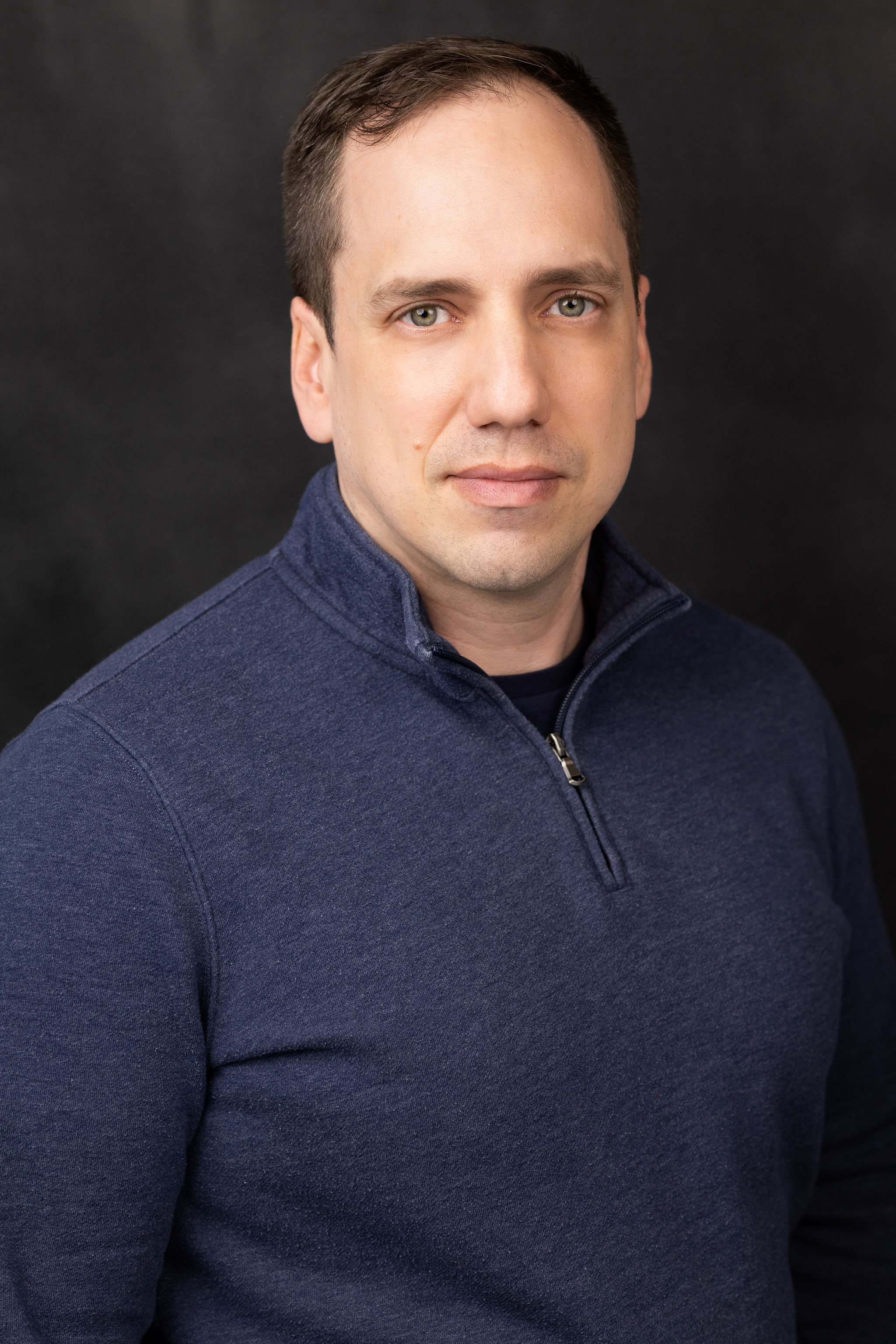
Dr. Andy Kubik
SNOLABEmail: Andy.Kubik@snolab.ca
 |
Dr. Andy KubikSNOLABEmail: Andy.Kubik@snolab.ca |
There is strong evidence that 27% of the energy density of our universe is composed of a type of matter unlike anything currently known, the existence of which has only been inferred by observing its gravitational effects on the visible universe. However, all of this so-called “Dark Matter” has yet to be directly detected experimentally. Even hints of its nature could open up an entirely new understanding of fundamental physics, which has prompted scientists across the world to develop a huge range of theoretical candidates which may fit the observations and an almost equally huge variety of experimental efforts to search for those candidates. These experiments are pushing the boundaries of current technology and often require fairly extreme conditions to operate, for example an extremely large mass (tons) to catch an ultra-rare interaction, or sub-Kelvin temperatures to help see the tiniest of signals, or being kilometres underground to reduce the backgrounds from less exciting already well known particles. This push for discovery has also driven rapid progress in research and development of exciting detector technologies for hunting these elusive particles. This talk will give an overview of the current evidence of Dark Matter, why it has been so tricky to detect so far, and a sample of the range of experiments looking in all corners for a solution to this open question.
Andy Kubik grew up in a small town of 400 people in rural Nebraska. He spent his time in undergrad at the University of Nebraska Lincoln helping Nebraska high school teachers and students assemble, install and run scintillation detectors on the roofs of their schools for a large cosmic ray detector array spanning the entire state. He then moved on to Northwestern University near Chicago as a graduate student working on the muon subsystems of the CMS detector at the Large Hadron Collider and precision Electroweak physics using the CMS data. He graduated in 2014, and his strong interest in Dark Matter physics next took him to Texas A&M to work on the SuperCDMS Dark Matter direct detection experiment, doing a little bit of everything from detector design through data analysis. Andy is now a research scientist at SNOLAB, continuing work on the next generation of the SuperCDMS experiment.